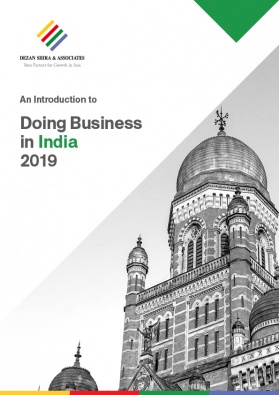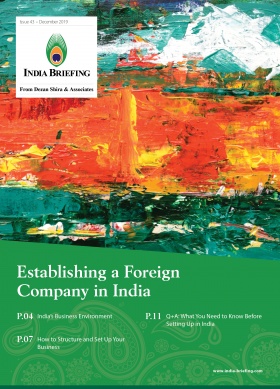Trump Visit Concludes, Tentative US-India ‘Phase One’ Trade Deal Proposed
- No long-term trade agreement was signed between US and India during President Trump’s India visit.
- However, during three MoUs and a defense deal was signed between the two countries.
- Talks for a free trade agreement between US and India are expected to start in the next few months.
US President Donald Trump concluded his official two-day visit to India without signing a long-term trade deal between the two countries, but signaled start of negotiations with India for a free trade agreement (FTA).
The US-India trade deal was already in limbo as Trump complained about India’s high tariffs before and during his visit, and expressed concerns about US trade interests.
In a statement, the White House said that both the leaders have “agreed to promptly conclude the ongoing negotiations, which they hope can become phase one of a comprehensive bilateral trade agreement that reflects the true ambition and full potential of the bilateral commercial relations.”
During a press conference in New Delhi, Trump said that there was progress in trade negotiations between the two countries, and that a trade deal could be signed by the end of this year. The countries focused on increased defense and economic cooperation and reiterated their commitment to combating terror.
As a part of ongoing trade talks, India and the US signed three memoranda of understanding (MoUs) as well as a US$3 billion military helicopter deal. Further discussions on the trade agreement are expected to start in the next few months.
US$3 billion defense deal
While a trade agreement was not in sight during Trump’s visit, an important defense deal was signed between the two countries. India agreed to purchase more than US$3 billion worth of advanced military equipment, including Apache and MH-60 Romeo helicopters.
According to media reports, officials have said, “deliveries will commence in three years and several Indian private sector companies, including the Tata group, will benefit from the offset work that would come in the wake of them becoming part of the global supply chain of US companies Boeing and Lockheed Martin.”
MoUs for medical products, mental health, and liquefied natural gas
The MoU on the safety of medical products was signed between the Central Drugs Standard Control Organization and the US Food and Drug Administration.
Through this bilateral pact, the countries seek to promote access to high quality, safe, effective, and affordable medications for American and Indian consumers. India will strengthen its food and drug protocols, while ensuring high standards of generic drug standard compliance.
In a bid to improve mental and emotional well-being, the second MoU will focus on creating innovative strategies and therapies to tackle mental health issues in both the countries. Discussions on the opioid crisis, nacro-smuggling, and threat of drugs like fentanyl were also held during the meeting.
A letter of cooperation was signed between Indian Oil Corporation Limited, ExxonMobil, and Chart Energy and Chemicals to create infrastructure to expand gas access in India. The purpose is to deliver liquefied natural gas (LNG) by road, rail, and waterways through virtual pipeline systems to areas that are not connected by physical pipelines.
Further, through the strategic energy partnership between India and the US, the countries are seeking to enhance energy security and expand energy and innovation linkages across the sectors.
Should we be optimistic about a trade deal?
In the next few months, it is expected that both the countries will start negotiations for a free trade agreement, and topics of discussion will include goods and services, investment, and intellectual property rights. Access to each other’s markets for agricultural products will also be on the table.
Further, officials have said that while automobiles and e-commerce are not expected to be a part of the discussion, unconditional access to the Indian dairy market for US products will continue to be a part of discussions.
Meanwhile, India’s priority will be to restore its developing country status under the generalized system of preferences (GSP), so that zero tariffs are levied on Indian exports to the US. India will also focus on issues related to work visas for Indian in the US.
The FTA will not be limited to these concerns. More details are awaited.
However, this process might take a few months as the US Trade Promotion Authority requires the administration to notify Congress 90 days prior to entering a trade agreement.
Most US-India market analysts are skeptical of much progress being made in the near term as Trump is up for re-election in November. His latest visit to India, in itself peculiar in the absence of concrete objectives, could very well have been directed towards bolstering his image at home.
India Briefing is produced by Dezan Shira & Associates. The firm assists foreign investors throughout Asia from offices across the world, including in Delhi and Mumbai. Readers may write to india@dezshira.com for business support in India.
- Previous Article Trump in New Delhi: What Goods and Services is India Buying from the US?
- Next Article Welche sind die Top-Tier-2-Städte, die in Indien gewählt werden können?







